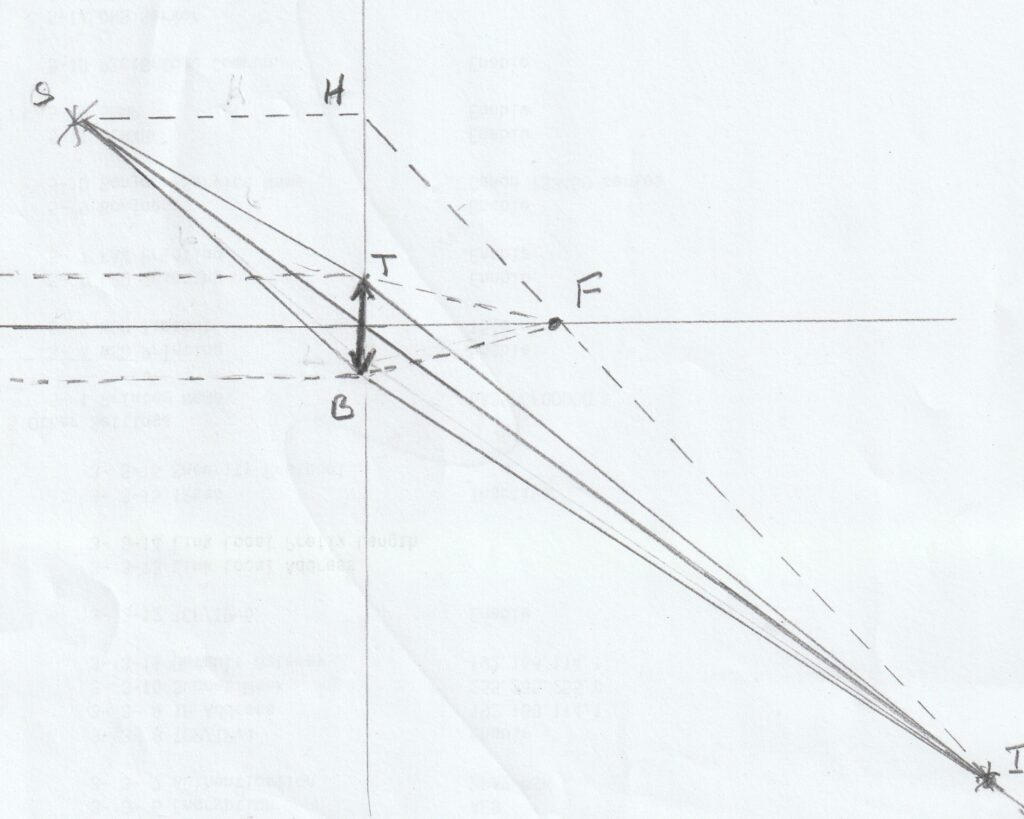There are two senses in which length contraction is “inherent” in the Maxwell/Heaviside equations.
One sense is that in some cases length contraction follows from Maxwell’s equations. FitzGerald and Lorentz showed that if the structure of matter is determined by electromagnetic forces then the equilibrium spacing of stationary particles due to purely electrostatic forces would become contracted when they are in motion due to the presence of additional magnetic forces. [And one effect of this contraction, together with a related slowing and desynchronization of clocks, would be that moving observers (using their own contracted measuring rods and slowed clocks) would not notice any effect of their own motion on the apparent speed of light (or in fact on any electromagnetic phenomena).]
Another sense is that length contraction is necessary to preserve the form of Maxwell’s equations. Poincare had already noted that if the coordinates used by a moving observer were related to those of one who is stationary by a standard Galilean transformation (ie by just a progressive shift of position with no change of length and time scales) and if Maxwell’s equations applied to (say) the stationary one then they would have to be modified in order to make correct predictions for the other. And he showed that the only kinds of coordinate transformation that leave the form of Maxwell’s equations unchanged are those involving length contraction and time dilation.
[Einstein then noted that if all the laws of physics, written in terms of the natural coordinates of an observer, have a form that is independent of the state of motion of the observer, then there is in fact no way to tell which of two relatively moving observers is “truly” stationary and whose clocks are “truly” synchronized. He therefore sought to express all the laws of mechanics (eventually also including gravity) in a form which used only the actually measured coordinates of each observer rather than those of some assumed fixed “rest”(or “aether”) frame (which would have been more complicated to do if possible, but was not actually possible to do properly because no observers could actually tell whether or not they were actually in motion).]
